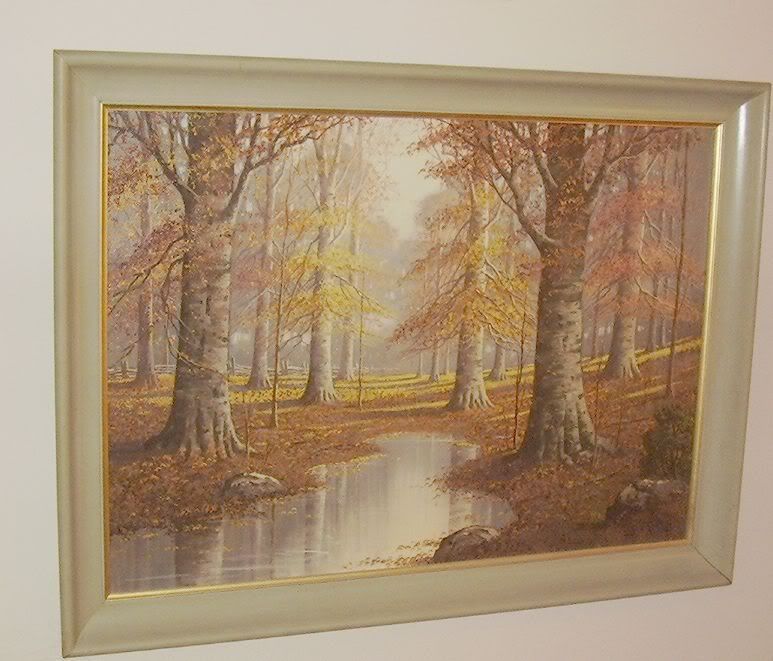Here's what the book says about beech. I love this wood:
"Beech wood is an excellent firewood, easily split and burning for many hours with bright but calm flames. Chips of beech wood are used in the brewing of Budweiser beer as a fining agent. Beech logs are burned to dry the malts used in some German smoked beers, to give the beers their typical flavor. Beech is also used to smoke some cheeses.
Beech wood is excellent for furnitures as well. Some drums are made from beech, which has a tone generally considered to be between maple and birch, the two most popular drum woods.
Also, beech pulp is used as the basis for manufacturing a textile fibre known as Modal.
The fruit of the beech, also called "Beechnuts", are found in the small burrs that drop from tree in Autumn. They are small and triangular, are edible, have a sweet taste and are highly nutritious. (~ 20% protein and also ~ 20% oil content). However, they do contain organic substances which are slightly toxic (it has been reported that eating approx. 50 nuts may make you ill) so that they should not be eaten in larger quantities.[citation needed] The oil pressed from them does not have this effect any more. It was in common use in Europe in times of abundant labor but scarce food sources, such as in Germany in the years immediately after World War II; people would go into the woods and collect beechnuts, then swap them for oil at small private or community-owned oil mills; the mill would keep and sell a certain percentage to cover its operating costs. As collecting beechnuts is time-consuming work, use of the oil dropped sharply when mass-produced oils became more available again."
In my living room I have an original oil painting by Byron Tarlton (circa 1952) of beech wood trees growing in Brown County, Indiana where original stands have been preserved and can be viewed today by visitors. They are truly spectacular trees. In autumn, their colors are breathtaking.









